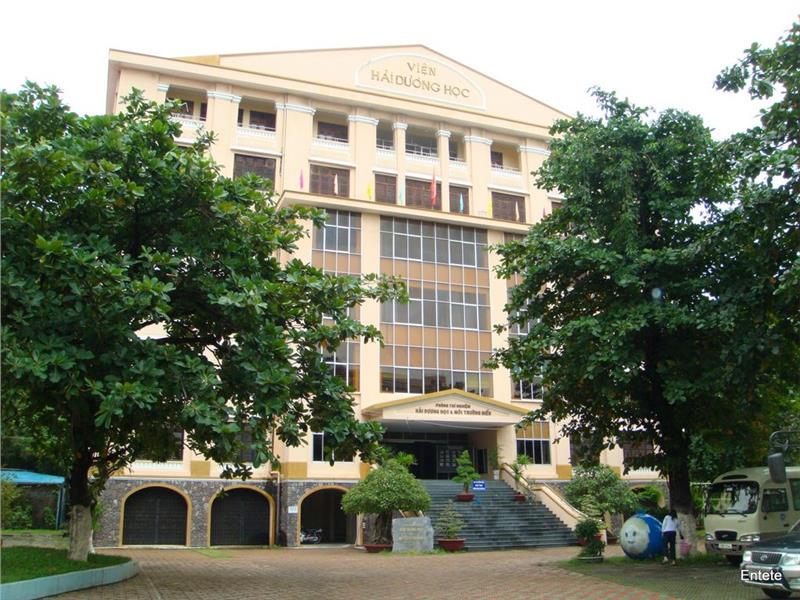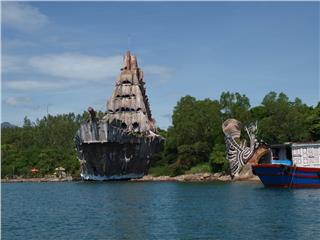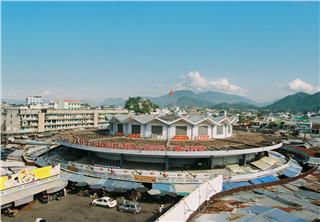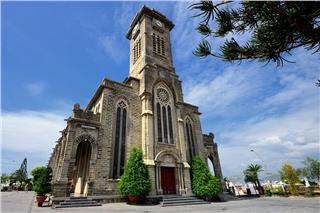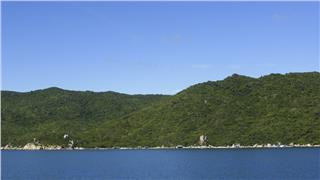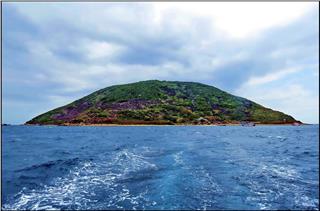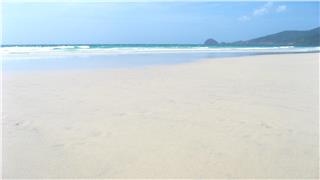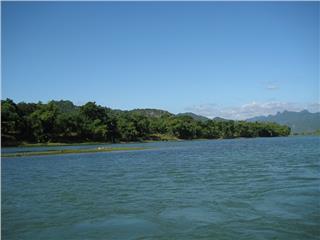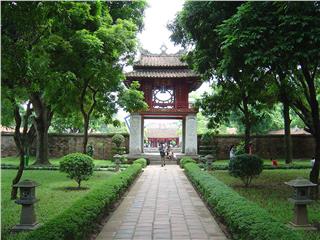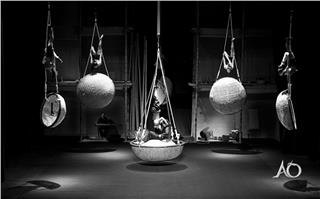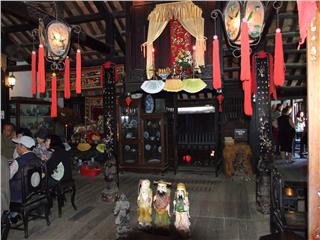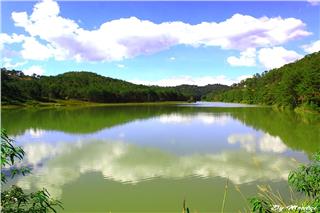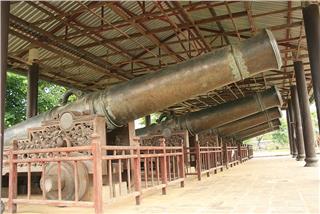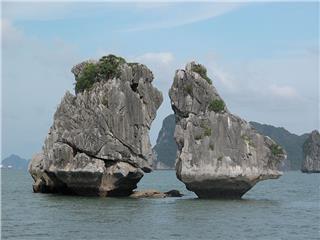Oceanographic Institute Nha Trang is considered a data repository on marine ecosystems. Tourists to Institute have a chance to admire the vivid and diverse images and ascertain the life of the sea creatures and marine ecosystem models.
Located at 1 Cau Da Street, next to Cau Da Whalf, about 6km from Nha Trang City center, Oceanographic Institute Nha Trang, also known as National Oceanographic Museum of Vietnam is a leading marine research institute in South East Asia. It has currently stored and preserved thousands of specimens of thousands of marine species. Visiting the Institute, tourists seem to take part in a voyage of discovering the ocean. It is also an indispensable rendezvous in any Nha Trang travel.
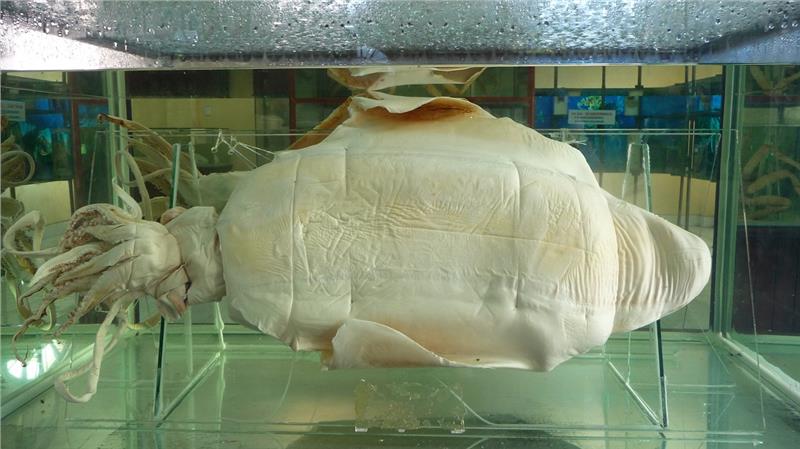
Oceanographic Institute Nha Trang was formerly the Indochina Department of Oceanographic Fishery, which was born according to the decision of Governor-General of French Indochina in 1922. From 1930 to 1952, it changed the name of Indochina Oceanography Institute. After the French left Vietnam, the institute owned another name of “Oceanography Institute of Nha Trang”, and then it was unified with Marine Creature Institute of Hai Phong and changed to “Oceanography Institute” as today. Right from its inception, the Institute owns an original area of 20ha, extending from northern Nha Trang port to Bao Dai's villa tourist area. After more than 90 years of development, the Institute of Oceanography has made an important contribution to the oceanography study of the region and the world. Setting foot in Oceanographic Institute, tourists could not ignore Oceanographic Museum - an integral part of the Institute.
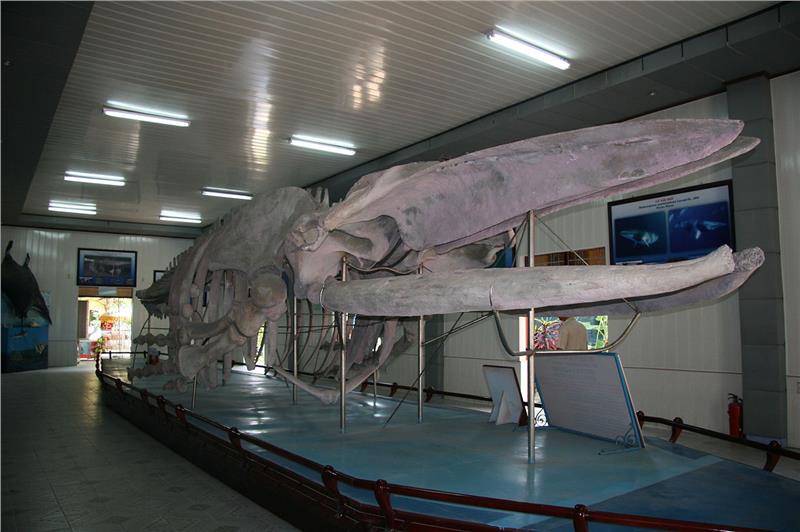
The Museum of Oceanography located in the Oceanographic Institute is home to numerous showrooms of the sea creatures and the ecosystems. Visiting galleries of marine life aquarium, tourists seem to be lost in a colorful world of rare and valuable sea creatures, such as sea anemones, red and blue starfishes, holothurians, snakes, tortoises, shrimps, fishes, etc. In the outdoor marine creature-rearing aquarium, tourists will have a general view of the diversity in colors and species of fish. Numerous rare and valuable species of fish are being reared, including amberjack, macropodus, king fish, and eel. A special interest is the stripped dragon fish which owns red, brown and yellow, with its front fins stretching like that of the bird, its back fin with 13 poisonous thorns, its thin tail with spots, its dragon-like head, and its body moving as gentle as a dancing fairy. The limuloids here, often living in pairs, are said to have been in existence for about 400 million years. Big fish, like the shark, skate and neck-stripped fish are also reared in a separate tank.
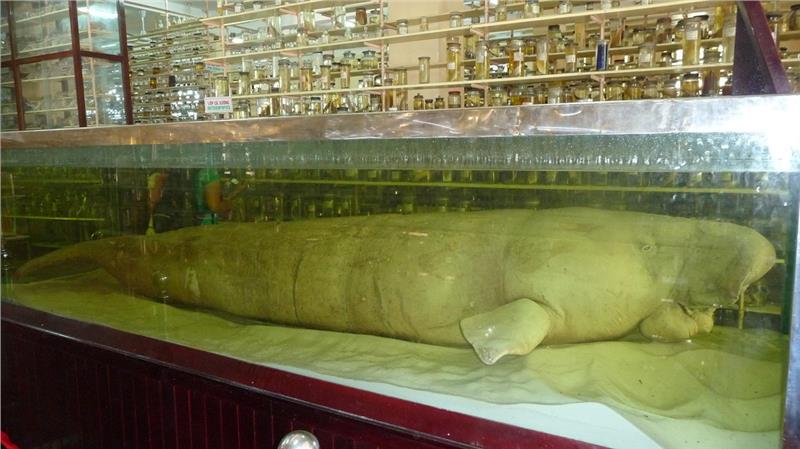
In another showroom, the display area of Oceanographic Institute's specimens is 20,000 specimens of 4,000 marine species in Southeast Asia, which gathered from valuable survey in the South China Sea and the adjacent waters. They have been deliberately preserved with the aim of protecting the biodiversity of marine organisms. These specimens were divided into 2 zones: one for big specimens and the other for small ones. The big samples consist of a humpback whale skeleton of 18m in length and 18 tonnes in weight (excavated in Nam Ha Province in 1994); a skeleton of Dugong found in November 1997 in Lo Voi Beach (Con Dao Island)... The small samples include a carrier-swift in its nest made from its own saliva and built on the side of high cliffs, green spotted octopus first found in Vietnam in 1999, other specimens of water seals, Chinese sturgeons, and king crabs found in the surrounding area of Vietnamese waters.
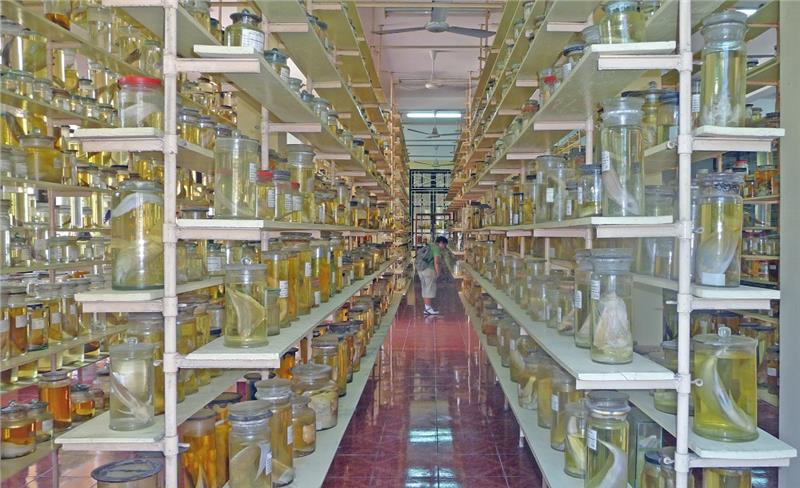
Tourists to Oceanographic Institute may have a feeling that they are taking in a tour underneath the ocean where they extremely observe thousands of diverse organisms. In addition, they have an opportunity to contemplate a survey ship with the tonnage of 30 tons and its speed of 8 miles/hour, which is used by the Institute's researchers on their trips to explore the vast ocean. In particular, thanks to more than 7,000 books and 60,000 scientific journals sent by 140 international organizers from 30 countries over the world, Oceanographic Institute's library owning numerous marine scientific documents compiled in the 18th-19th centuries are actually helpful for scientists nowadays. Besides, the Oceanographic Institute has contributed a large amount of research projects for exploring and protecting the South China Sea, including 1,100 printed publications on the biological diversity.
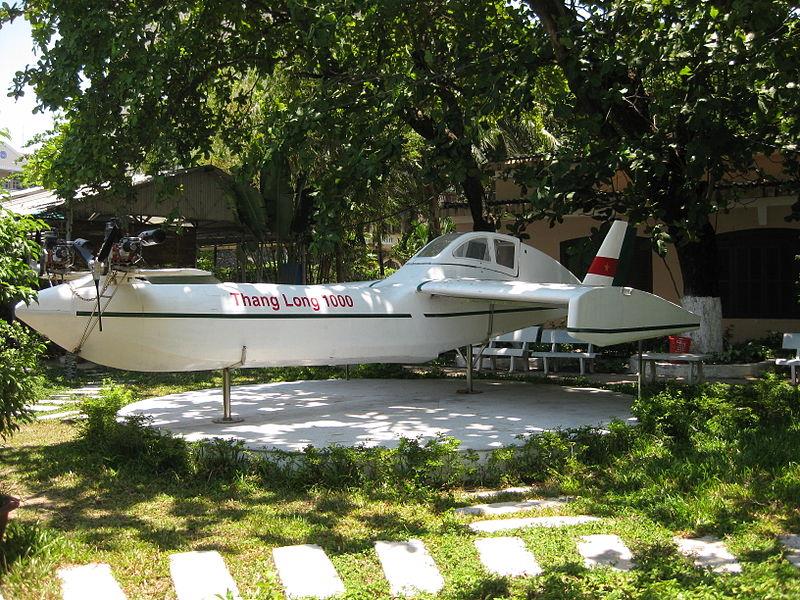
Visiting Oceanographic Institute, where has kept marine ecology, tourists not only have a chance to comfortably contemplate the unique marine life, but also certainly have much useful knowledge on the potential and conservation work of Vietnamese oceanography as well as citizen's awareness of protecting the ocean. Oceanographic Institute is also worthy an appealing tourist attraction in Nha Trang.
